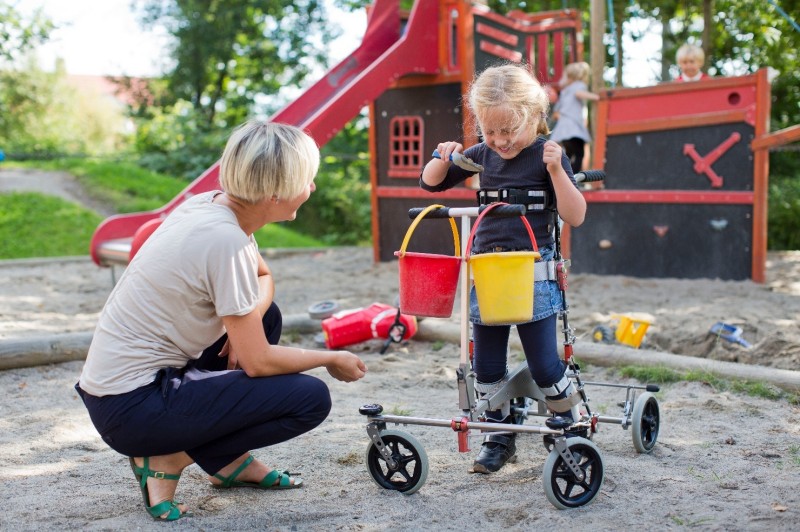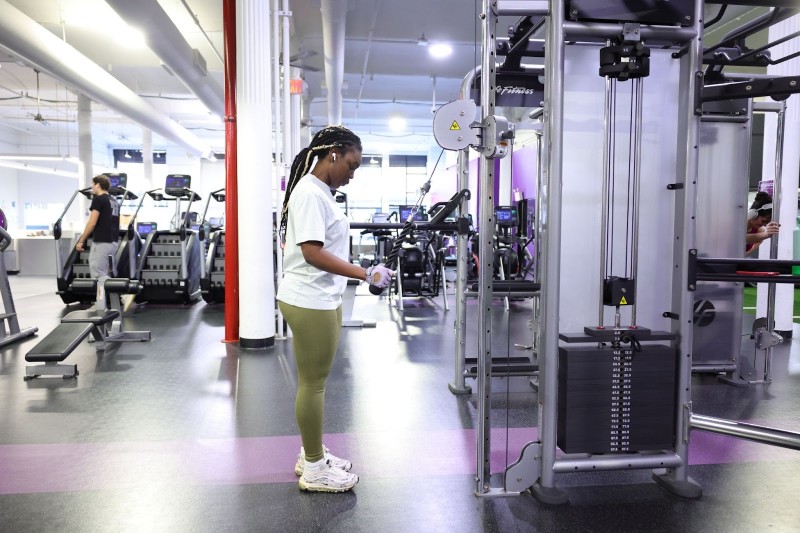Can practicing yoga improve your emotional balance? Many wellness enthusiasts swear by the profound benefits of this ancient practice. They’re not alone; a growing body of research suggests that yoga can indeed foster emotional stability, thereby reducing stress and enhancing overall well-being.
Yoga, an age-old practice originating from India, combines physical postures, breath control, and meditation. It’s a holistic approach to wellness that nurtures the mind, body, and soul. Yoga for better emotional balance, in particular, encourages self-awareness, mindfulness, and inner calm.
According to a 2024 study from the Journal of Wellness and Mindfulness, consistent yoga practice can significantly improve emotional balance. The research involved participants who practiced yoga for 30 minutes daily for eight weeks. The results indicated a marked reduction in stress levels and improved emotional well-being among the participants.
So, how does yoga achieve this remarkable feat? The brain is a complex organ, and yoga helps to regulate the parts of the brain involved in stress responses. By teaching you to breathe deeply and focus on the present moment, yoga helps to calm the mind and reduce anxiety. Over time, this can lead to better emotional balance and improved mental health.
Let’s delve deeper into how you can incorporate yoga into your daily routine for better emotional balance.
Start by setting aside some time each day for your practice. It doesn’t have to be long—an hour or even just 30 minutes can make a significant difference. Establishing a regular practice is crucial because consistency is key when it comes to reaping yoga’s emotional benefits.
Next, choose a calm and quiet space where you won’t be disturbed. This could be a dedicated room in your home, a quiet corner in your backyard, or even a local park. The aim is to find a place where you can focus on your practice without any interruptions.
There are several yoga poses that are particularly beneficial for emotional balance. For instance, the ‘Tree Pose’ (Vriksasana) promotes focus and patience, while ‘Child’s Pose’ (Balasana) nurtures a sense of security and calm. The ‘Warrior Pose’ (Virabhadrasana) fosters confidence and courage. Incorporating these poses into your routine can help you cultivate a more balanced emotional state.
Lastly, remember that yoga is more than just physical exercise—it’s also about mindfulness and meditation. While performing your poses, focus on your breath and the sensations in your body. This will help you stay present and mindful, which can lead to greater emotional balance.
As a 2025 study in the Journal of Health and Human Behavior found, individuals who practiced yoga and mindfulness regularly demonstrated more resilience and emotional stability than those who didn’t. So, why not give yoga a try? It might be the key to unlocking your emotional balance and achieving a more peaceful state of mind.










 : eval()'d code(1) : eval()'d code(1) : eval()'d code(1) : eval()'d code</b> on line <b>2</b><br />
https://mindbodyfuell.com/wp-content/themes/baobao/default.jpg)
